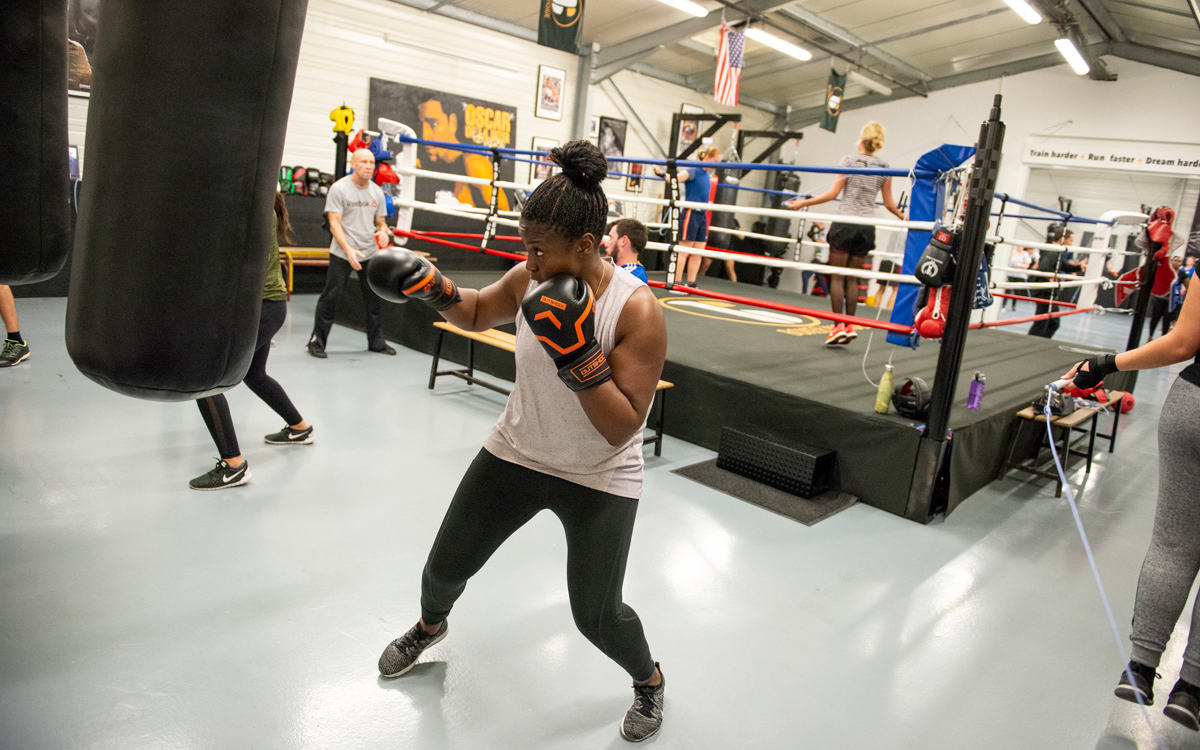Boxing has evolved over the years from a simple combat sport to a multifaceted training regimen that encompasses physical fitness, mental strength, and community spirit Togelin. The modern boxing center, a fusion of sports science, cutting-edge technology, and community engagement, has become more than just a gym where people punch bags. It is now a place where athletes train, build resilience, and interact in a space designed to nurture their bodies and minds.
The Evolution of Boxing Centers
Traditionally, boxing gyms were simple spaces filled with heavy bags, a boxing ring, and maybe a few punching pads. These gyms were often tucked away in gritty neighborhoods, catering to a small group of athletes focused on competition. However, the modern boxing center is a completely different entity.
Today’s boxing facilities are state-of-the-art environments that prioritize athletes’ holistic development. The emphasis has shifted from merely physical training to include mental conditioning, injury prevention, and overall well-being. This evolution has turned boxing centers into a crucial part of an athlete’s journey, whether they are beginners or seasoned professionals.
Advanced Technology and Boxing
One of the most significant shifts in the world of boxing centers is the integration of technology. In the past, training was often based on raw talent and repetitive drills. Today, however, technology is playing a massive role in improving technique, tracking performance, and enhancing recovery.
For example, many boxing centers now utilize motion-capture technology to analyze punch speed, power, and accuracy. This data helps boxers fine-tune their technique and improve their performance. Wearable devices, such as heart-rate monitors and GPS trackers, allow trainers to closely monitor an athlete’s exertion levels, recovery, and overall fitness. These devices provide invaluable feedback, giving boxers a more precise understanding of their physical limits and recovery needs.
Virtual reality (VR) is also making waves in boxing centers. VR training systems allow boxers to practice fighting scenarios in a simulated environment, enhancing their mental toughness and reaction time. They can spar with virtual opponents or go through real-life situations without the risk of injury. This tech helps athletes prepare mentally for high-pressure situations, increasing their confidence in the ring.
Boxing Centers as Community Hubs
Boxing centers aren’t just for competitive athletes anymore. Many modern facilities are also becoming community hubs, where people of all ages and fitness levels can engage with the sport. These centers host a range of classes, from beginner to advanced, where participants work on their cardiovascular fitness, strength, and overall well-being.
Some boxing centers now offer specialized programs for youth, women, and seniors, making the sport more inclusive. Youth programs focus on discipline, self-confidence, and respect, helping young people stay active and positive. Women’s boxing classes are thriving, empowering women through fitness and self-defense training. Senior programs are also gaining popularity, as boxing is a low-impact yet effective way for older adults to stay fit and improve coordination.
Additionally, boxing centers host events such as charity matches, fitness challenges, and social gatherings, fostering a sense of camaraderie and collective spirit among participants. These centers have become a vital part of local communities, providing a safe and encouraging space for personal development and socialization.
The Role of Boxing Centers in Mental Health
Boxing is often seen as a high-intensity, physically demanding sport, but it also has significant mental health benefits. Boxing centers increasingly acknowledge the importance of mental well-being and are integrating mindfulness and psychological support into their offerings.
The physicality of boxing helps release endorphins, the body’s natural stress relievers, while training also requires mental focus, discipline, and self-control. Many boxing centers offer mental resilience programs to help athletes manage anxiety, stress, and self-doubt. Techniques such as visualization, breathing exercises, and mental conditioning drills are becoming common components of training regimens.
